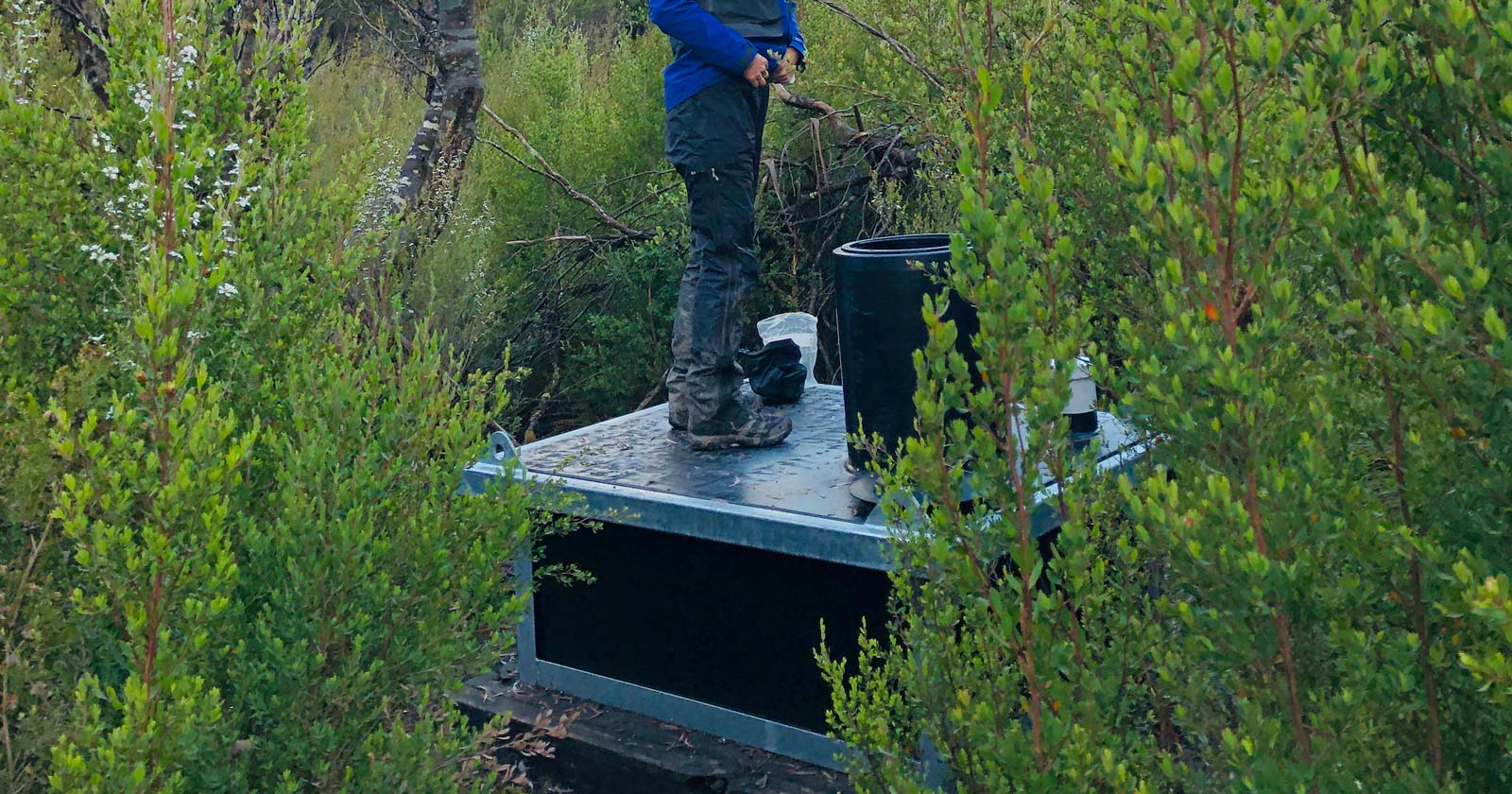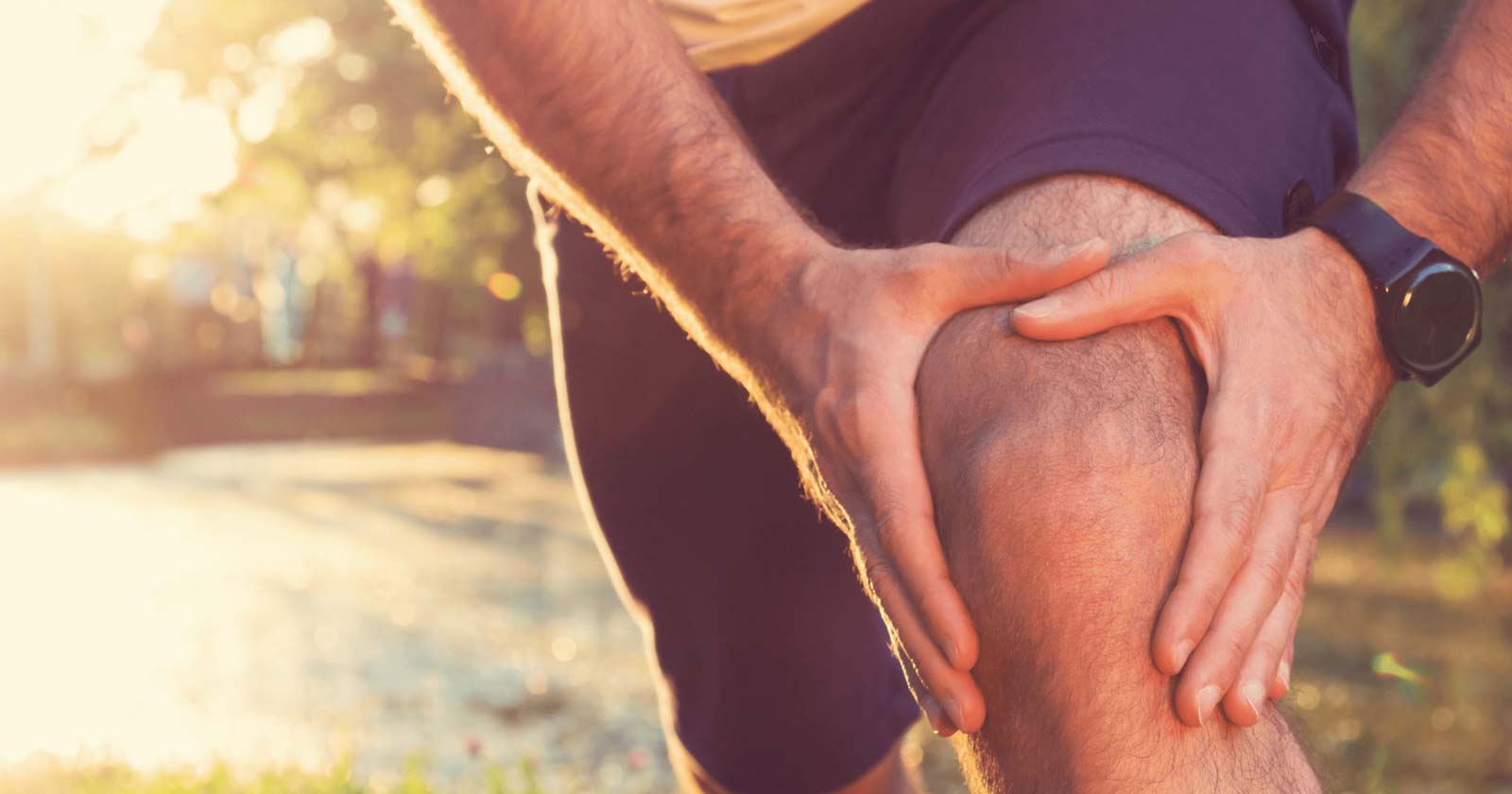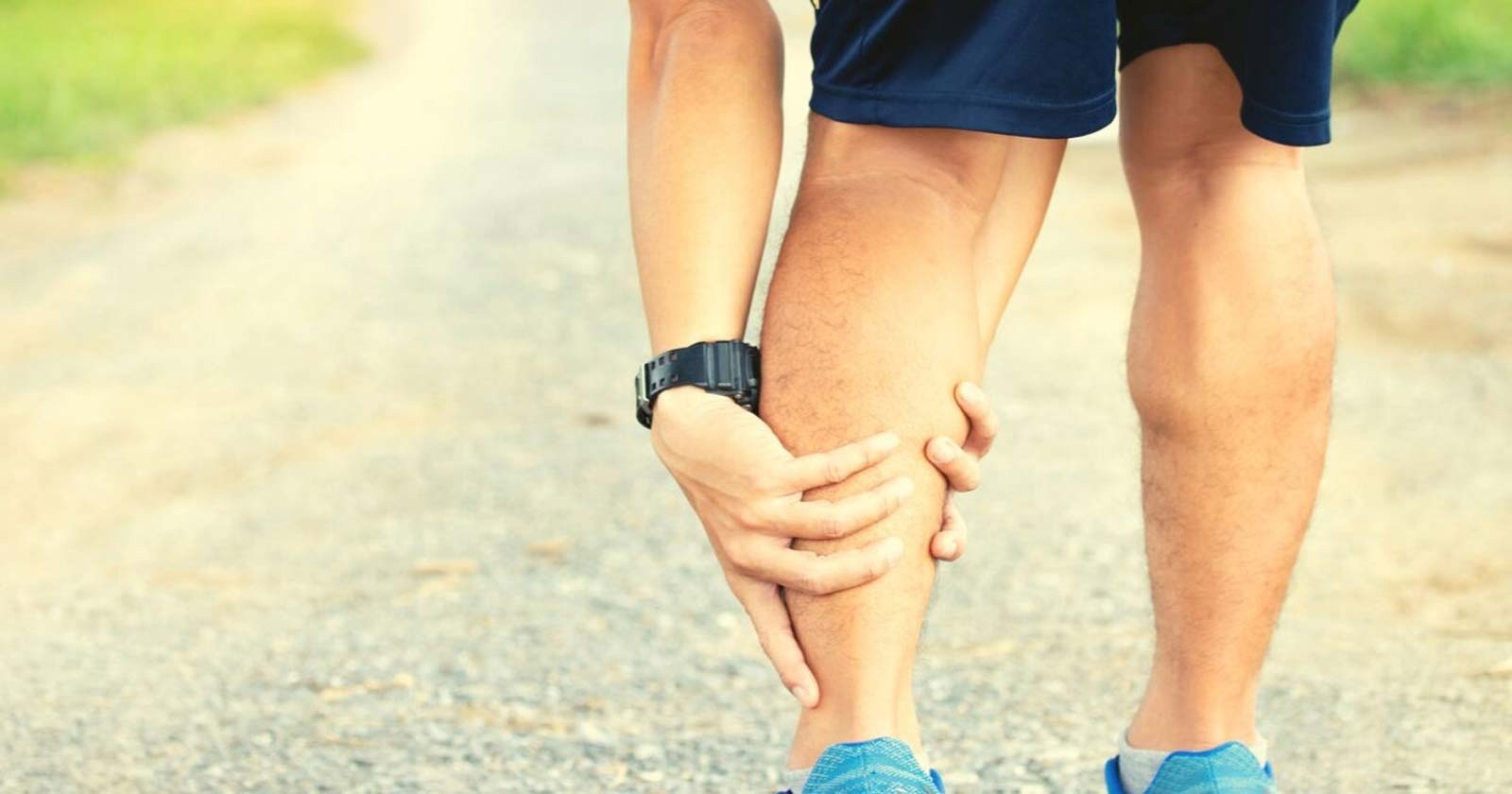Staying hydrated is crucial for enjoying a safe and successful hiking experience. Yet, it’s surprising how many people head out for a walk or hike without considering their water and hydration needs. While it may be less of a concern in urban settings, venturing into the bush—even for a short stroll—requires preparation to ensure you return safely.
The Risks of Insufficient Hydration
It may sound dramatic, but countless stories highlight the dangers of becoming lost or facing dire situations during seemingly short walks in unfamiliar areas. It’s essential to equip yourself with enough knowledge and resources to avoid unnecessary challenges in the bush.
Before setting off on a hike that takes you more than a kilometre from the trailhead, make sure to bring a bottle of water. A good rule of thumb is to carry at least one litre and aim to consume about 250ml whenever you feel thirsty. Staying hydrated helps maintain your vital organs and keep your mind sharp.
Understanding Your Body’s Needs
The adult human body is roughly 60% water, and even light exercise can deplete this vital percentage. When you feel thirsty, your body is already 2-3% dehydrated—this is a symptom of dehydration, not a sign that you need water. Since our bodies cannot produce water, it’s essential to bring a reliable supply with electrolytes to replenish what you lose through sweat, breath, and urination.
How Much Water Should You Drink?
The amount of water you need depends on several factors, including:
- Type of activity
- Intensity level
- Duration of the hike
- Weather conditions
- Age
- Individual perspiration rate and body type
As a general guideline, aim for about half a litre of water per hour of moderate activity in moderate temperatures. Increase your intake if the weather is hotter or if the activity is more intense.
For example, on a moderate 4-hour hike, you should aim to drink around two litres of water. A good indicator of hydration is the colour of your urine; light yellow (straw colour) suggests you’re adequately hydrated. If you’re not needing to urinate, it’s likely you’re losing fluids faster than you’re replacing them, so be sure to drink more.
Pre-Hydration and Rehydration Strategies
Pre-hydrate: It’s wise to hydrate before your hike. A general recommendation is to drink about 450ml of water about two hours prior to setting out. Depending on how far you need to drive, I typically drink around 250ml before leaving home and another 250ml before starting the hike.
Rehydrate: After your hike, replenishing your fluids helps restore normal hydration levels and aids in recovery. Aim to drink several cups of water after finishing, taking it slowly—about half a cup every 15 minutes is a good pace. Including electrolytes in your post-hike hydration can further support recovery.
The Role of Electrolytes
Electrolytes—essential minerals like sodium, potassium, calcium, and magnesium—are vital for many bodily functions. When you sweat, you lose electrolytes, which can impact your performance if not replaced.
For hikes lasting an hour or less, electrolyte loss typically isn’t an issue. However, for longer treks, replacing lost electrolytes becomes crucial. Focus on sodium and potassium, but don’t overlook calcium and magnesium. Electrolyte replacement drinks are convenient; look for powders and tablets that can be mixed with water before you head out or during your hike. Always follow the directions for mixing and consumption.
Hydration: The Rule of 3
Understanding the critical importance of water can be summed up with this simple rule:
- You can live 3 minutes without air.
- You can live 3 days without water (and those days won’t be pleasant).
- You can live 3 weeks without food.
Drink Regularly
Aim to drink regularly to avoid dehydration, but be mindful not to overhydrate. Maintaining a balance of fluids and electrolytes helps reduce muscle soreness and combat the effects of heat and elevation. Personally, I take a drink every 20 minutes during hikes and remind my kids to do the same. For longer trips, I also carry powdered electrolyte mix to prepare a litre of hydration for the journey to camp (for overnight hikes) or post-hike recovery (for day hikes). It’s remarkable how much better you can feel with proper hydration.
Important Reminders
- Avoid untreated water from streams or eating wild plants.
- Don’t consume cold drinks immediately after a long hike when your body temperature is still elevated.
- Steer clear of alcohol during your hike.
While you can usually count on air to breathe unless you’re submerged or in a cave-in, running out of food allows you to survive for a considerable distance. However, running out of water presents a more immediate challenge; you have only about a day to find a solution.
By staying informed and prepared, you can enjoy your hiking adventures while ensuring your health and safety. Stay hydrated and happy hiking!
Related Articles
How to Spot and Treat Mild Dehydration
How to spot and treat heat exhaustion






Yeah. I do t think they would be a fun three days though. Would all depend on the temperature and your workload. I’d suggest days without water would be drastically reduced in hot weather.